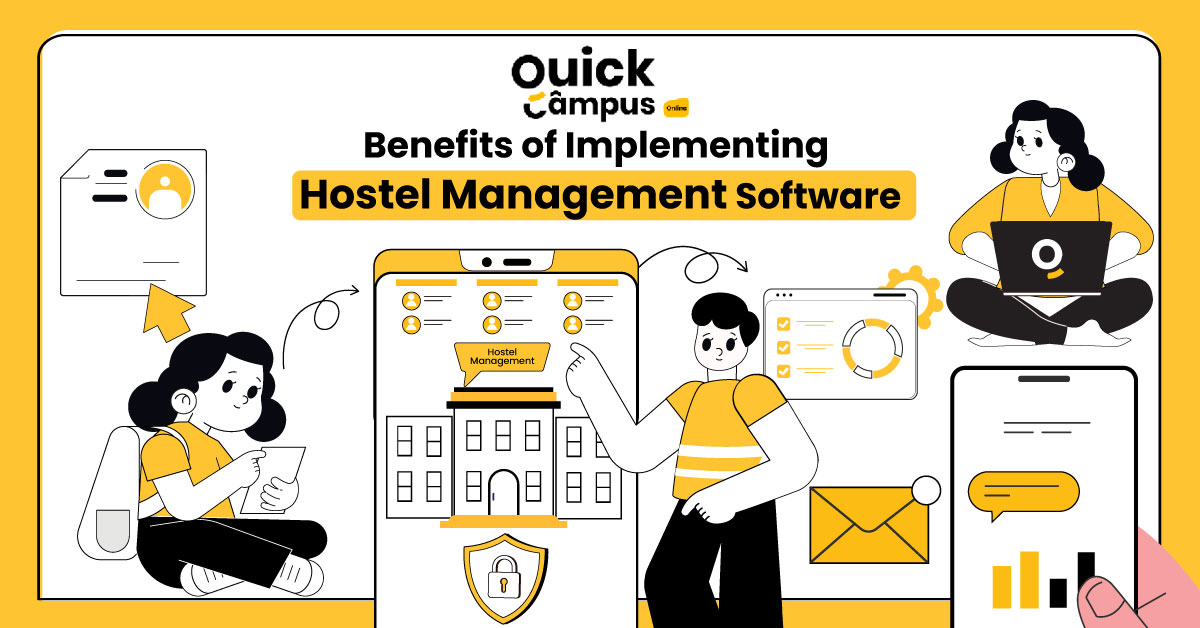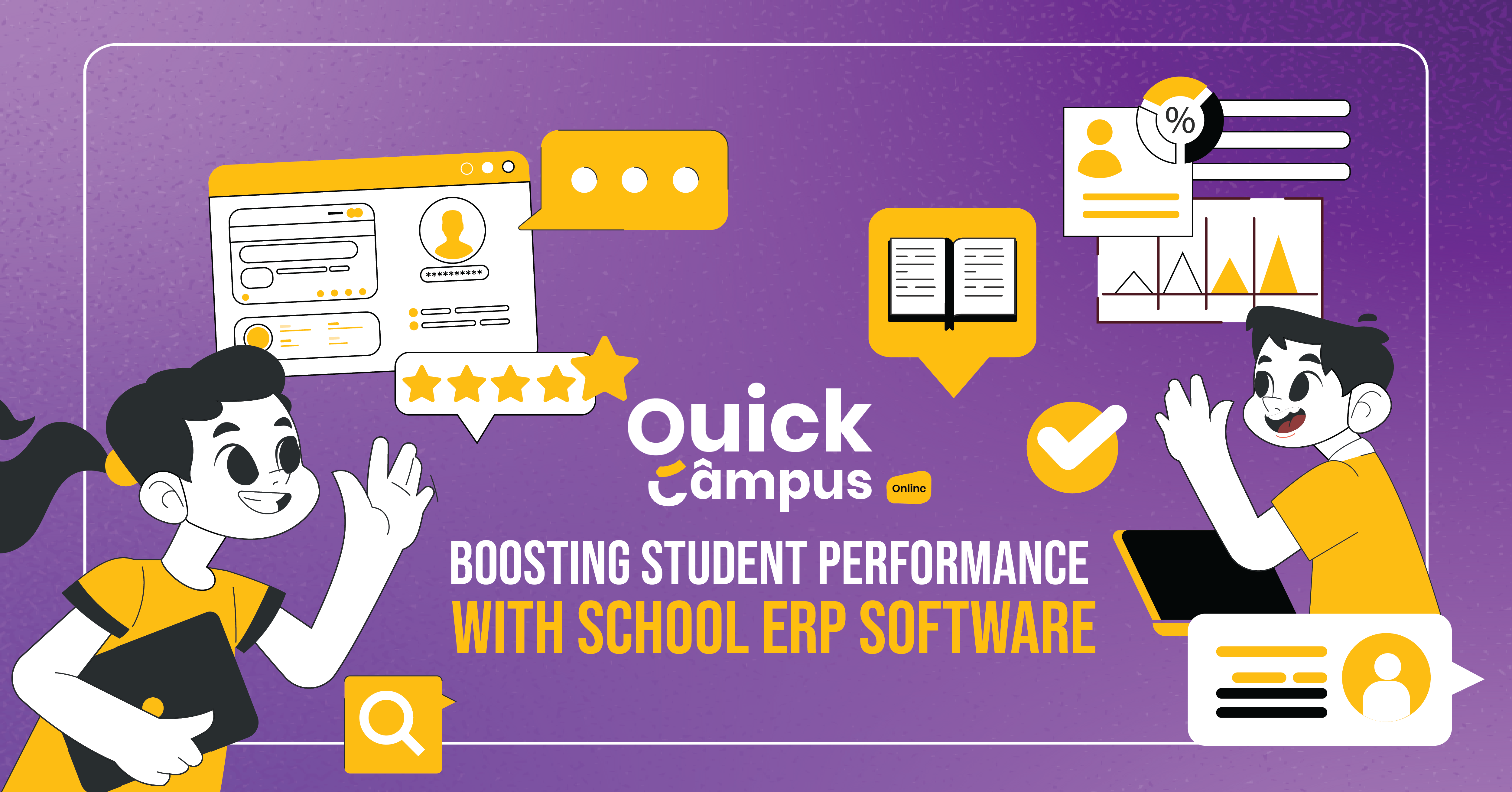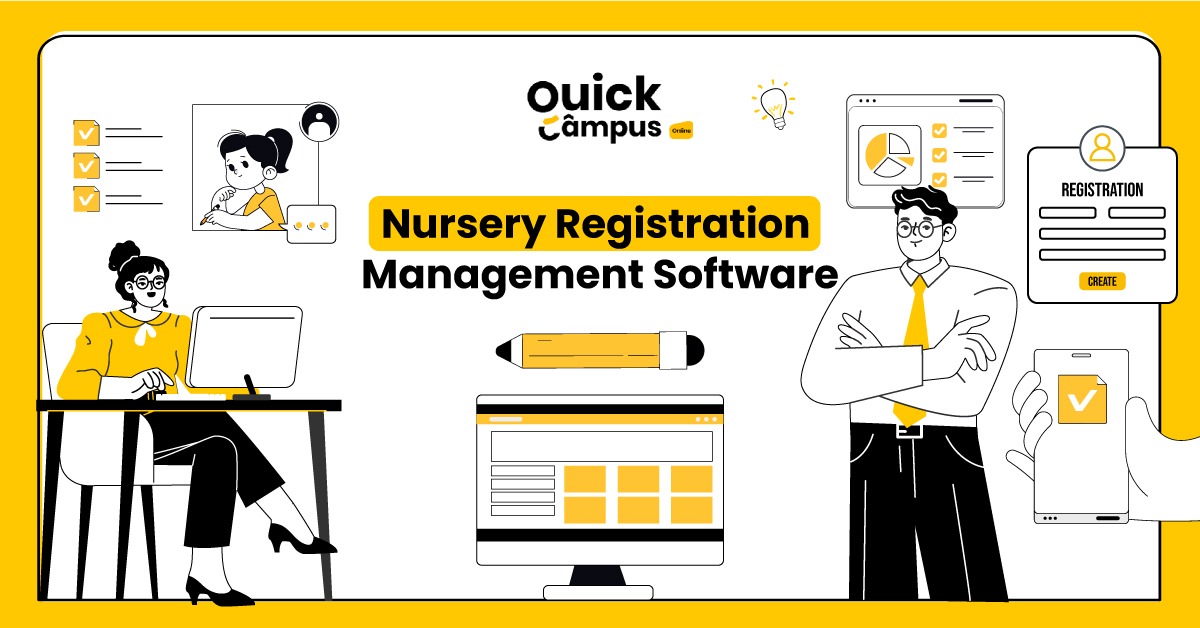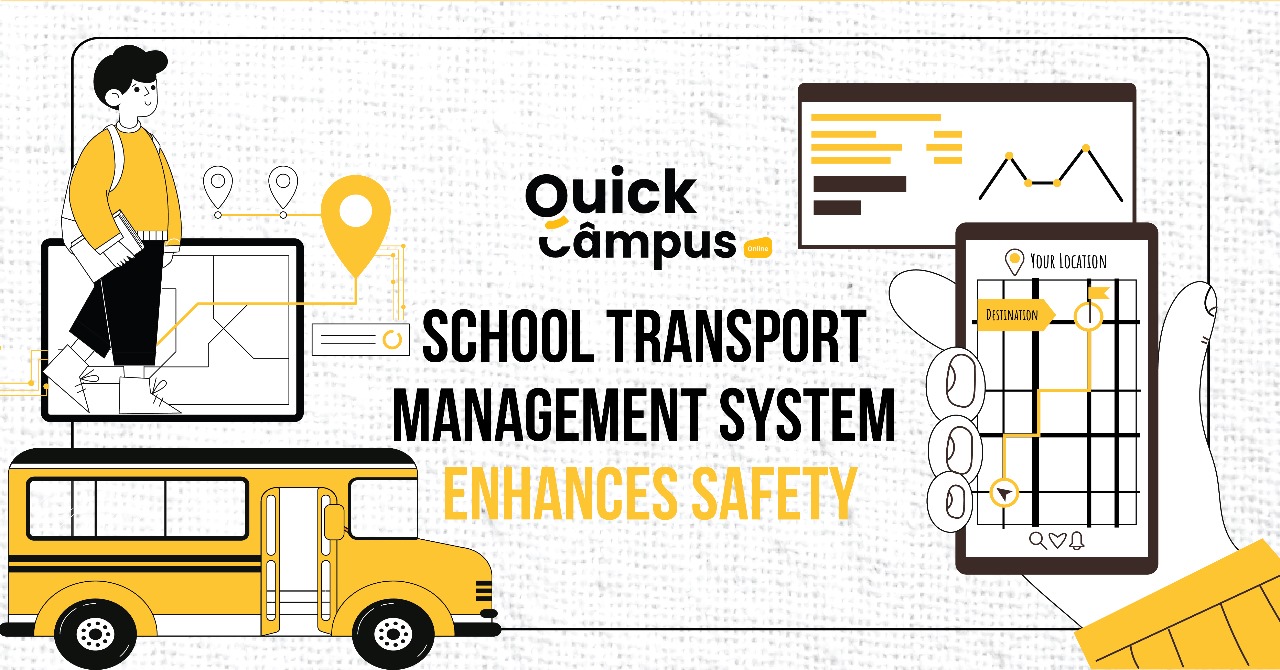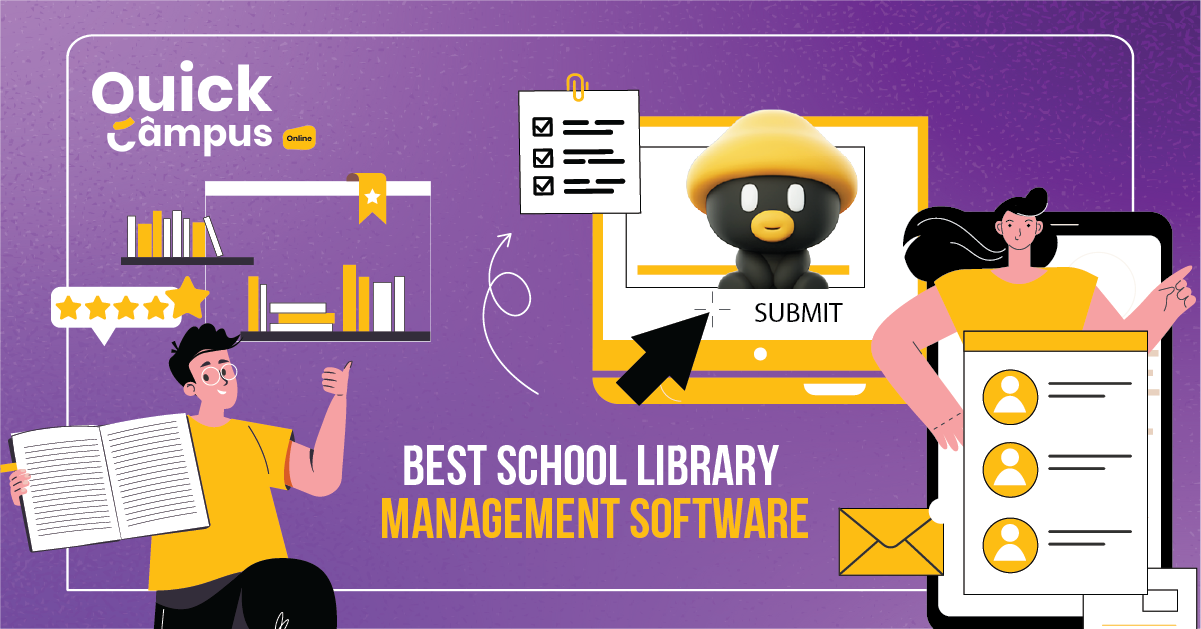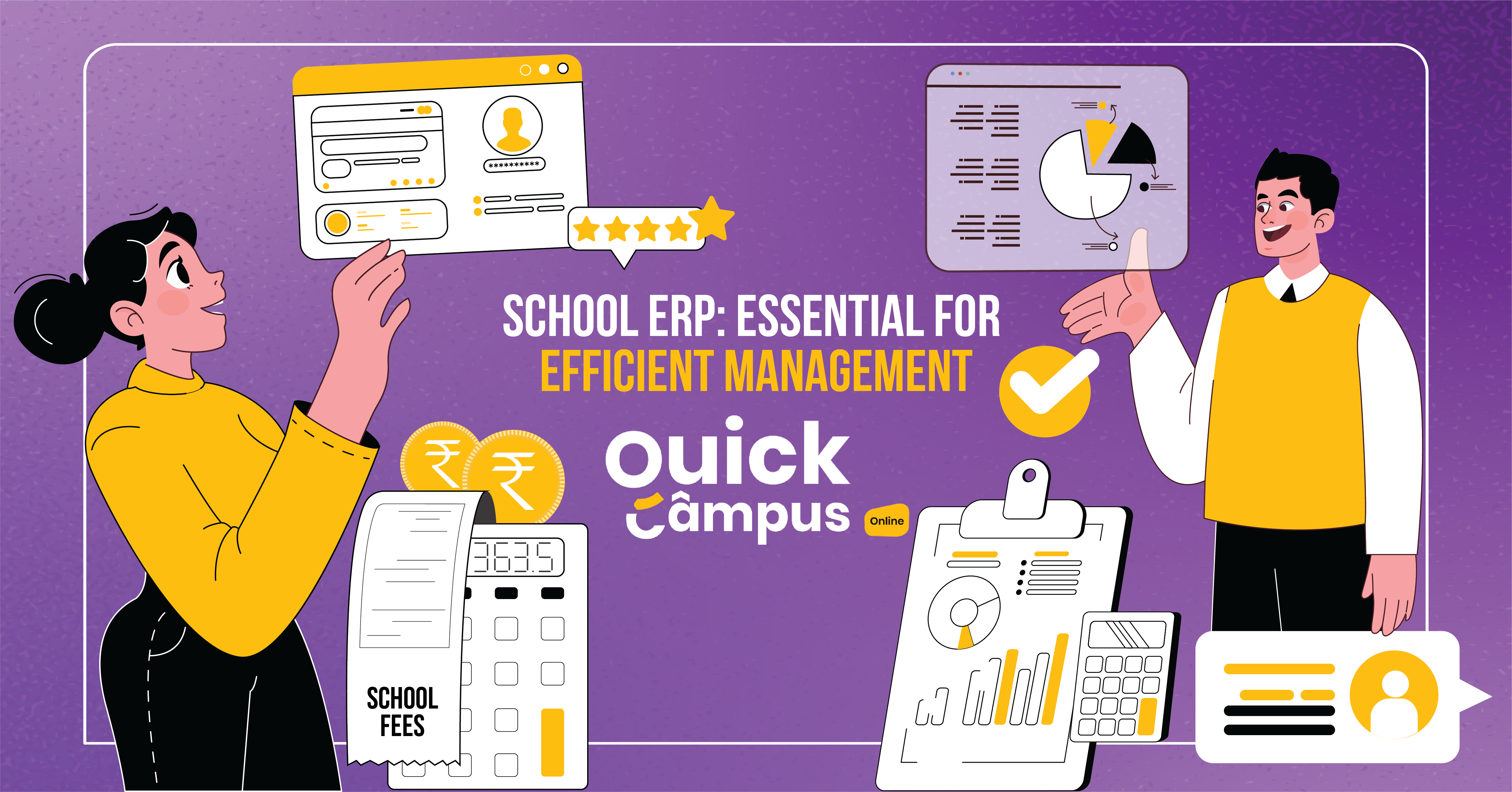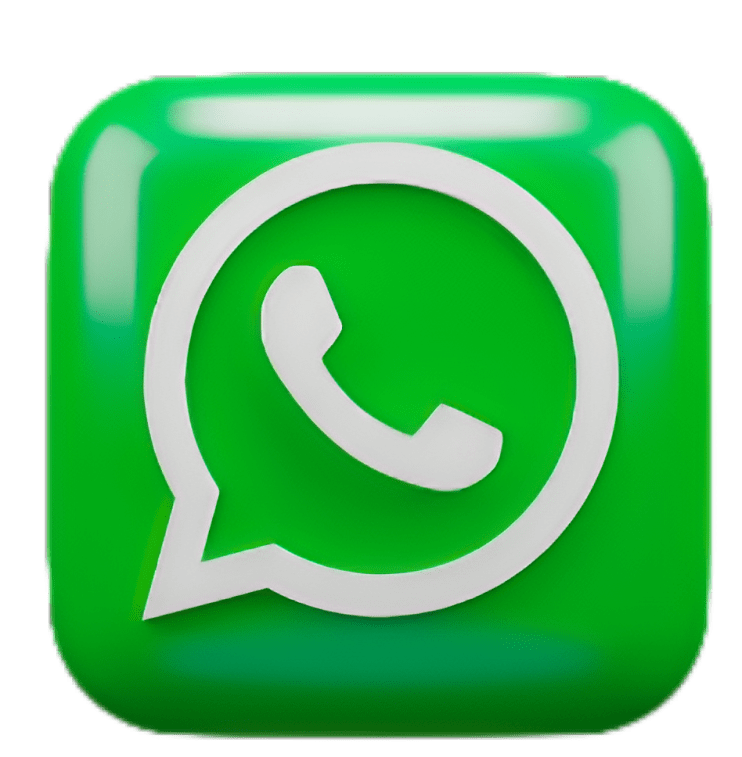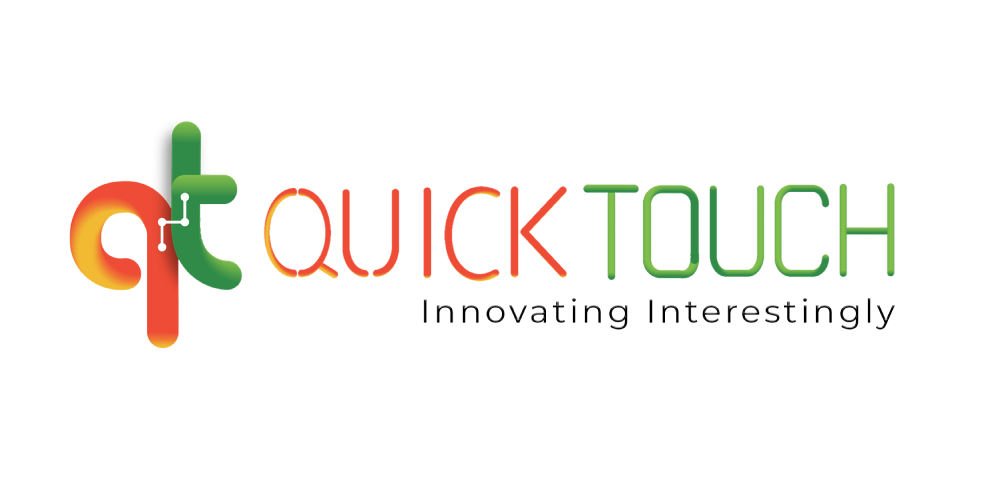Recording Lessons And Sharing Them Online
Are you ready to revolutionize your students’ learning experience? Here comes the feature of classroom lecture recordings. Lecture recordings allow students to access lessons effortlessly, learning at their own pace—anytime, anywhere. Join us on this transformative journey, where lecture recordings become the catalyst for improving your academic experience. Discover how this approach can redefine the learning experience, leaving a lasting impact on generations to come.
Benefits Of Recording Lessons
Class recordings are growing increasingly popular because they allow students to study curriculum at their own speed, reinforce subjects, and address knowledge gaps. When considering the implementation of recorded courses, school management can recognize the following advantages:
1. Improved Learning Experience For Students
Class recording has transformed the way students learn, offering a more enriched educational experience. To start, it provides the opportunity for students to repeatedly review intricate concepts, ensuring an enhanced understanding of the subject matter. Students can utilize functions such as delay, reverse, and replay to review and reinforce their comprehension of challenging sections. Moreover, recorded courses offer a level of flexibility that caters to diverse learning styles and individual schedules, allowing students to study at their preferred pace.
2. Accessibility For Diverse Learning Styles
Class recording helps visually and auditorily oriented learners. Visual learners may watch on-screen images, facial expressions, and body language, while audio learners focus on the instructor’s tone and body language. Students may pause, rewind, and speed up recorded lectures to study. This feature ensures that no one is hindered or delayed in their learning process.
Class recording enhances the overall learning experience by providing these advantages, fostering greater inclusivity, accessibility, and customization of instruction to align with each student’s unique preferences and needs.
Implementing Online Lesson Recordings

Educational institutions value the opportunity to record and distribute courses online in the digital age. With technology, schools can improve learning, increase flexibility, and reach more people. Here are some tips for incorporating online lesson recordings:
1. Technical Prerequisites
Online lesson recordings demand a strong technology infrastructure. Schools need high-quality cameras, microphones, and powerful computers for filming and editing. Additionally, screen capture, video editing, and compression tools must be stable. Moreover, streaming and sharing recorded lectures requires adequate internet access.
2. The Recording Process
Effective online lessons start with thorough preparation. Teachers must plan lessons, create visual aids, and learn recording equipment. Instructors must be professional, interact with the virtual audience, and ensure audio and video quality throughout execution. Editing, adding interactivity, and compressing movies for distribution are post-production responsibilities.
3. Sharing and Access Management
Learning management software and video hosting websites may share recorded courses. An LMS like Blackboard or Canvas organizes, distributes, and tracks online course content, including recorded lectures. Video services like YouTube and Vimeo make publishing, sharing, and viewing material easy.
4. Engaging Online Delivery
Teachers should use interactive teaching methods or fun tools to improve online lesson recordings. Polls, quizzes, breakout areas for group discussions, and real-time feedback are all examples. Encourage active involvement and use learning management software to make learning more immersive and collaborative.
Best Practices For Effective Class Recording
For recording the classes, the following things are required to be taken care of:
1. Planning And Structuring the Lecture Content
Proper planning and structuring of the lecture content are crucial for creating an engaging and effective recorded lesson. This involves:
- Creating an Outline/Script: Create a planned framework or script to cover all relevant themes logically and clearly, facilitating lecture delivery.
- Highlighting Key Points: Find the key lecture topics, theories, and examples. Highlight these essential areas using visuals, verbal intonation, repetition, or a mix of these throughout the recording.
2. Engaging Delivery Techniques
While a recorded lecture’s content is important, its delivery may affect student engagement and learning. Here are the two important techniques:
- Conversational Tone: Adopt a friendly, conversational tone during recording to sustain student interest and make the material more relatable.
- Interactive Elements: Incorporate questions or prompts within the recording to encourage active student participation and engagement, even for those accessing it asynchronously.
3. Addressing Potential Challenges During Recording
Despite careful planning and preparation, unexpected challenges can arise during the process of recording lectures. Below are the ways to address potential challenges:
- Technical Troubleshooting: Anticipate potential technical issues during recording and have a contingency plan, such as backup equipment or a way to pause and resume seamlessly.
- Post-Production Editing: Explore editing options to polish recorded lectures, including trimming extraneous content, incorporating visuals/annotations, and adjusting audio levels for optimal clarity.
Moreover, by facilitating online attendance, recorded lectures can be utilized to facilitate such individuals, promoting inclusivity in the learning environment and guaranteeing equitable access to educational resources.
The Future Of Learning: Embracing Online Lecture Recordings
Recording lessons offers numerous benefits, from improved retention to flexibility for online attendance for students. Educators should embrace this approach, leveraging best practices for engaging delivery and effective planning. With recorded content, you can reach a broader audience and foster an inclusive learning environment. Quick Campus also offers a digital content studio that can be used by educators to record lessons online and share them with their students.
What Equipment Is Needed To Record Lectures?
Specialized recording equipment is preferable, but you may start with a smartphone or laptop with a microphone and camera. If your demands develop, consider buying a good microphone, external camera, and illumination.
How Do I Engage Students With Recorded Lectures?
Include polls, conversation prompts, and quizzes in the recording. Encourage students to take notes and engage in ongoing conversations or assignments about the recorded information.
Can Recorded Lectures Replace Live Classroom Sessions?
Recorded lectures should augment live classroom sessions, not replace them. They are useful for review, reinforcement, and different learning demands, but they cannot replace in-person classrooms’ dynamic interactions and real-time feedback.

